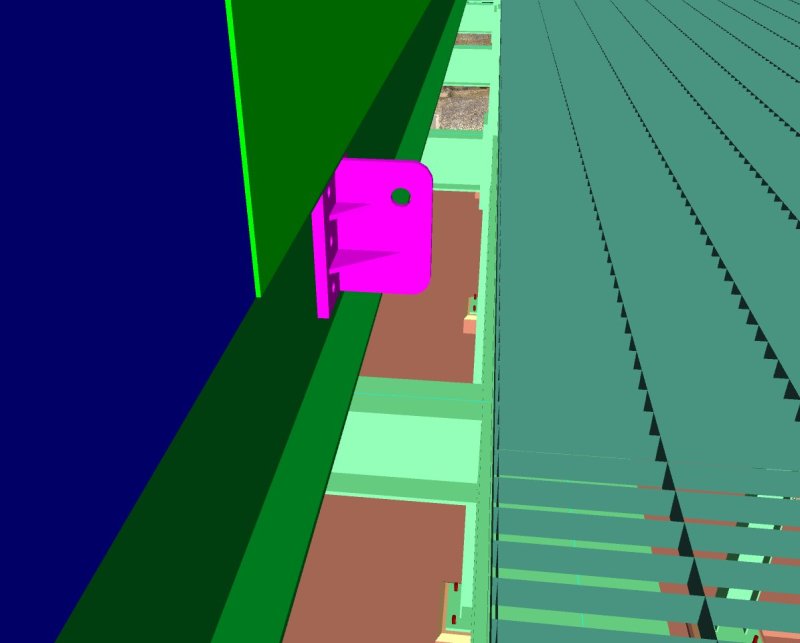jtayl71
Structural
- Apr 22, 2013
- 2
I have a prefabricated building that i am designing an elevated structure for it to sit in. The client wants a deck around the full perimiter. This building has lifting lugs that stick off the side so my support beams have to be outside of these lifting lugs for it to fit in place. This means for my platform to be close to the building, i need to look at cantilevering the grating about 8 inches past the support beam. Has anyone seen this done before or have any literature on a possible standard for this situation? I've attached a model view showing where the grating needs to extend over the lifting lug and also a sketch of what i am trying to accomplish. Any insight is appreciated. [/url]




